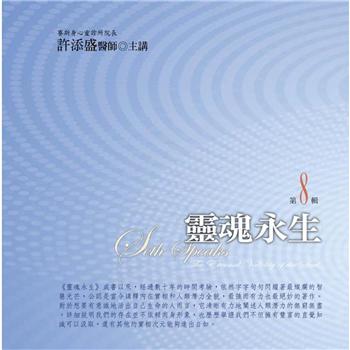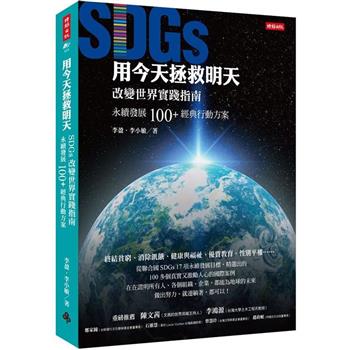During recent decades, strong gravitational lensing has become a powerful tool to study astronomical objects with widely different physical scales. It has also proven to be a promising diagnostic that can solve outstanding problems in cosmology. Now is a critical time for strong lensing research, as forthcoming large surveys (Euclid, Roman Space Telescope, Rubin Observatory and CSST) will map the entire sky and increase the number of known lenses from a few hundred to around 100,000. Concurrently, observations of lenses with current and forthcoming instruments (ALMA, JWST, E-ELT) will spatially resolve scales that are beyond the reach of telescopes for objects in the distant Universe. These new data will revolutionise our understanding of galaxy and structure formation, and offer unprecedented cosmological applications. In IAU Symposium 381, members of observational and theoretical communities review our preparedness for this new era, to discuss advanced statistical techniques, and to foster new collaborations.
| FindBook |
有 1 項符合
Strong Gravitational Lensing in the Era of Big Data (Iau S381)的圖書 |
 |
Strong Gravitational Lensing in the Era of Big Data (Iau S381) 出版社:Cambridge University Press 出版日期:2024-05-02 語言:英文 規格:精裝 / 170頁 / 23.62 x 17.27 x 1.27 cm / 普通級/ 初版 |
| 圖書館借閱 |
| 國家圖書館 | 全國圖書書目資訊網 | 國立公共資訊圖書館 | 電子書服務平台 | MetaCat 跨館整合查詢 |
| 臺北市立圖書館 | 新北市立圖書館 | 基隆市公共圖書館 | 桃園市立圖書館 | 新竹縣公共圖書館 |
| 苗栗縣立圖書館 | 臺中市立圖書館 | 彰化縣公共圖書館 | 南投縣文化局 | 雲林縣公共圖書館 |
| 嘉義縣圖書館 | 臺南市立圖書館 | 高雄市立圖書館 | 屏東縣公共圖書館 | 宜蘭縣公共圖書館 |
| 花蓮縣文化局 | 臺東縣文化處 |
|
|
圖書介紹 - 資料來源:博客來 評分:
圖書名稱:Strong Gravitational Lensing in the Era of Big Data (Iau S381)
Venus: Evolution Through Time
Proceedings of the Iutam Symposium on Nonlinear Dynamics for Design of Mechanical Systems Across Different Length/Time Scales
Navigating Molecular Networks: Exploring the Chemical Space Concept in Novel Materials Design
Plutonium
Your Body and Radiation
The Genetic Effects of Radiation
Electric Machinery and Drives: An Electromagnetics Perspective
Coarse Graining Turbulence
Nonlinear Waves & Hamiltonian Systems: From One to Many Degrees of Freedom, from Discrete to Continuum
Nonlinear Waves & Hamiltonian Systems: From One to Many Degrees of Freedom, from Discrete to Continuum
Proceedings of the Iutam Symposium on Nonlinear Dynamics for Design of Mechanical Systems Across Different Length/Time Scales
Navigating Molecular Networks: Exploring the Chemical Space Concept in Novel Materials Design
Plutonium
Your Body and Radiation
The Genetic Effects of Radiation
Electric Machinery and Drives: An Electromagnetics Perspective
Coarse Graining Turbulence
Nonlinear Waves & Hamiltonian Systems: From One to Many Degrees of Freedom, from Discrete to Continuum
Nonlinear Waves & Hamiltonian Systems: From One to Many Degrees of Freedom, from Discrete to Continuum
|











